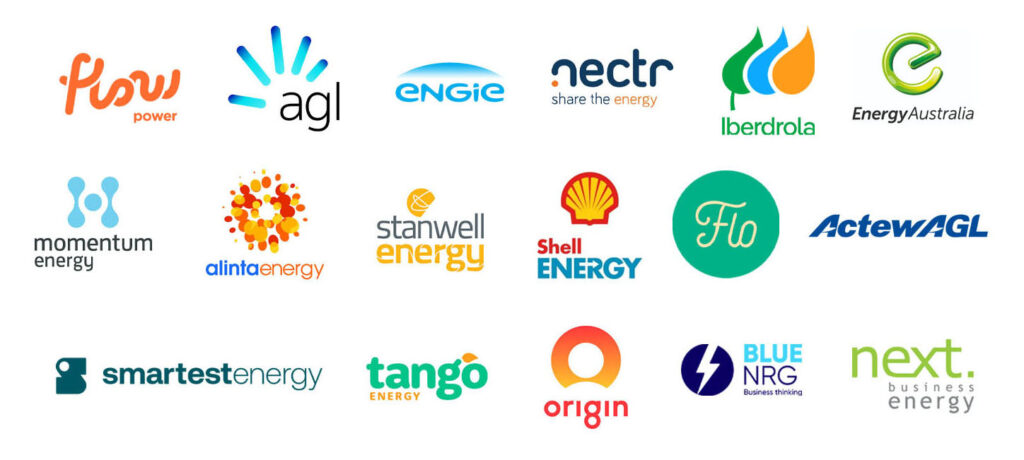Alcoa’s Portland aluminium smelter, which accounts for up to 10 percent of Victoria’s electricity demand, has just signed a demand response subsidy deal that will effectively turn it into a giant virtual battery.
Alcoa, which has played a big part in demand response to avoid blackouts in the past, will receive $19.2 million per year for four years from the Federal Government for its participation in the Reliability and Emergency Reserve Trader (RERT) program.
Federal and Victorian governments will subsidise giant virtual battery
It is understood that the Victorian state government will match the funding committed by the Federal government, bringing the total amount Alcoa will receive up to $160 million over four years.
The smelter will cut back on its energy use during peak demand to alleviate pressure on the grid. It will take advantage of cheap daytime tariffs when there is a surplus of wind and solar generation.
The electricity supply agreements were signed with AGL, Alinta Energy and Origin Energy.
Not too long ago, there were fears that the plant could shut after it racked up huge $20 million in losses, stemming from high electricity costs. That also prompted fears that Victoria’s Yallourn coal-fired power station could close in a domino effect.
In the end, that became a moot point as EnergyAustralia recently announced that the Yallourn brown coal plant would be mothballed in 2028, four years earlier than planned.
The legacy electricity generator said that low wholesale prices caused by the flood of cheap renewables into the grid meant that the plant would no longer be viable.
Other smelters, such as the Tomago plant in New South Wales, will seek to strike similar deals.
The Alcoa deal does not include a commitment to supply the smelter with renewable electricity. Alcoa said around 30 percent of Victoria’s electricity supplies are provided by renewable energy sources, and this is expected to go to 50 percent by 2030.
Smelter will remain commercially viable
The agreement signed with the governments and energy retailers will help the smelter remain commercially viable for at least the next few years.
With Victorian futures sitting at less than $40 per MWh, and allowing for $40 million per year of government subsidies, Portland smelter will have some of the cheapest electricity in the world.
AGL Energy, which secured a contract to supply a portion of the Portland smelter’s power needs, said that the contract included provisions for short-term demand reductions to manage overall peak demand.
Federal Energy Minister Angus Taylor said the power deals were only made possible by the drop in wholesale power prices.
“The lower wholesale prices have made this possible, when a couple of years ago it wasn’t seen as possible,” Mr Taylor said, highlighting the important role played by the smelter in providing flexibility for the electricity system.
Keep track of the energy market so you can make energy-saving decisions for your business
Developments like the giant virtual battery, the rising and falling of electricity and gas prices, and the announcement of energy-related government grants may affect your business in different ways, so it’s important to always stay updated. You can do so by signing up for Leading Edge Energy’s newsletter.
And if you want to get ahead of energy price volatility and find opportunities to save on your electricity bills, get in touch with our energy brokers. We’re just an e-mail away at info@leadingedgeenergy.com.au.
We source, analyse, compare and rank commercial, industrial and multisite energy quotes. Obligation Free.
Chat with one of our experienced consultants today and get the insights your business needs to help manage the risks associated with volatile electricity and natural gas markets. Our energy procurement service is obligation-free and provides a time-saving way of securing lower energy rates from our panel of energy retailers.















